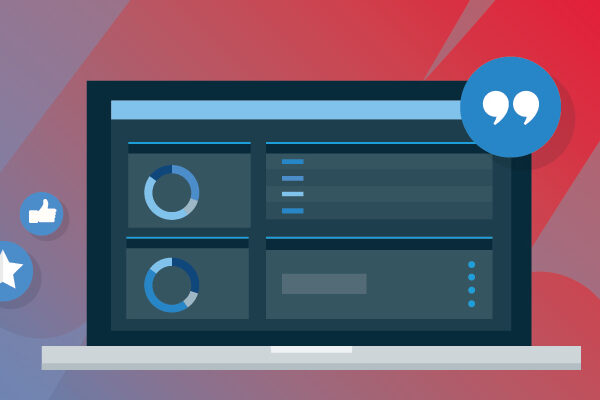What Is Virtualization?
Many organizations have hundreds of servers, PCs and laptops to keep their enterprise connected, organized and accessible. But, did you know that in most cases, your employees only use roughly 4-7 percent of the resources on their computers?
The wasted resources cost businesses money, time, and can weaken your data protection. As a solution, many enterprises turn to virtualization.
What is virtualization?
To understand the process of virtualization, let’s discuss the makeup of computers. All computers are comprised of the following resources:
- CPU
- Memory
- Storage
- Network
But, not all sectors within your organization will require proportionate uses of each resource, which is what leads to waste.
For example, maybe your admin team spends the majority of their day using Microsoft Word. This task doesn’t require a lot of CPU or memory power, which would leave these resources underutilized. On the other hand, you may have a video team that requires a ton of CPU and memory power to edit their work. With virtualization, rather than purchasing more CPU or memory for the video team, you can simply reallocate your admin team’s “wasted” resources to save money.
How virtualization works
With virtualization, a single physical server can become multiple virtual machines, which are essentially isolated pieces of hardware with plenty of processing, memory, storage and network capacity.
Each virtual machine can run independently while sharing the resources of a single host machine because they’ve been loaded into hypervisors. Hypervisors, also known as the abstraction layer, are used to separate physical resources from their virtual environments. Once resources are pooled together, they can be divided across many virtual environments as needed.
By separating resources, organizations take control over distribution and therefore utilize a machine’s full capacity, which allows an organization to operate at peak performance.
For example, let’s say you have three physical servers at your organization, each of which are dedicated to a specific function:
- Mail server
- Web server
- Legacy application server
In this example, each server is only running at roughly 30% capacity. Without virtualization, each server would be able to handle only one task with one operating system. However, with virtualization, you reallocate resources. That means you can divide the mail server into two unique servers, handing independent tasks and add either legacy apps or your web server for more strategic use of your existing resources.
What are the benefits of virtualization?
The key benefit for organizations is that virtualization saves money in many different ways:
- By adding many guests on one host, you can maximize resources. And, more efficient use of resources means that organizations don’t need as many servers to run their organizations, which cuts down on operational costs.
- Fewer servers also mean that you need fewer people to look after maximized uptime, updates for the servers, and keeping them from crashing. This helps consolidate management, which reduces costs.
- By reducing the number of unused resources and number of servers, your organization cuts down on energy use, which is another expense for an enterprise.
- Virtualization also adds a layer of protection for business continuity, as a virtual machine will limit the damage done to itself. For example, if your organization was hit with ransomware, the VM can help save your host operating system data.
Virtualization to support your business
The idea of virtualization isn’t new. In fact, virtual machines have been around for decades, but until recently were reserved for supercomputers. Now, as virtualization has become feasible for servers, its benefits are more widely discussed for businesses. Specifically because virtualization saves enterprises time and money and helps build the foundation for a natural data disaster and recovery plan.



